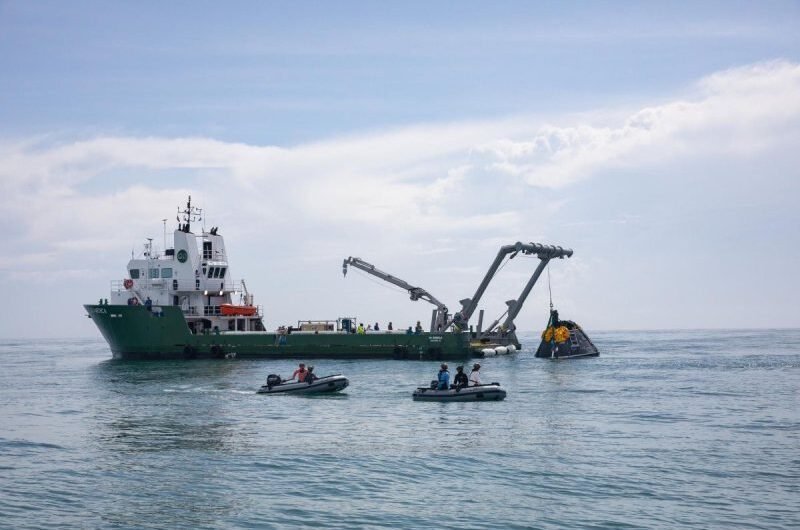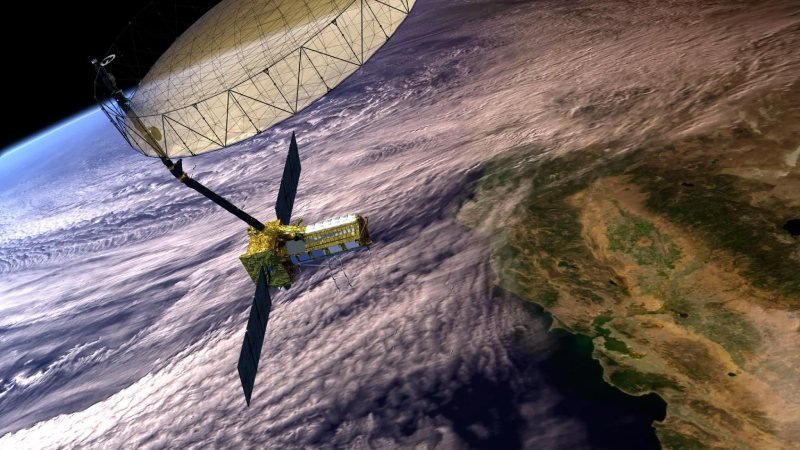By launching a Falcon 9 on Tuesday, SpaceX is able to extend its Starlink constellation, which provides Direct to Cell capability. Out of the twenty satellites that took off from Vandenberg Space Force Base, thirteen had Direct to Cell capability.
Launch took place at 11:39 a.m. PDT (2:39 p.m. EDT, 1839 UTC) from Space Launch Complex 4 East (SLC-4E). This year’s 16th launch from VSFB accounted for over half of Vandenberg’s total launches in 2023.
The 18th launch of SpaceX’s first stage booster, designated tail number B1063, in support of this mission took place. It has previously launched several NASA spacecraft, including the 12 Starlink missions, the Transporter-7 rideshare, and the Double Asteroid Redirection Test (DART) spacecraft.
B1063 landed on the SpaceX droneship “Of Course I Still Love You” about 8.5 minutes after takeoff. This was the 308th Falcon landing to date and the 90th booster landing for OCISLY.
After the geomagnetic storm caused strong solar activity, SpaceX reported that the Starlink constellation performed well after the most recent Starlink mission, which launched on Sunday.
In a social media post, Starlink engineering vice president Michael Nicolls provided additional details on the challenges the constellation faced over the weekend.
The launch on Tuesday was 2024’s 35th dedicated Starlink launch. This year, SpaceX launched 768 Starlink satellites before the Starlink 8-7 mission launched.
As of late, professional orbital tracker and astronomer Jonathan McDowell revealed figures showing that 5,923 Starlink satellites were in orbit.
Topics #Falcon 9 rocket #SpaceX #Starlink Mission's 50th










